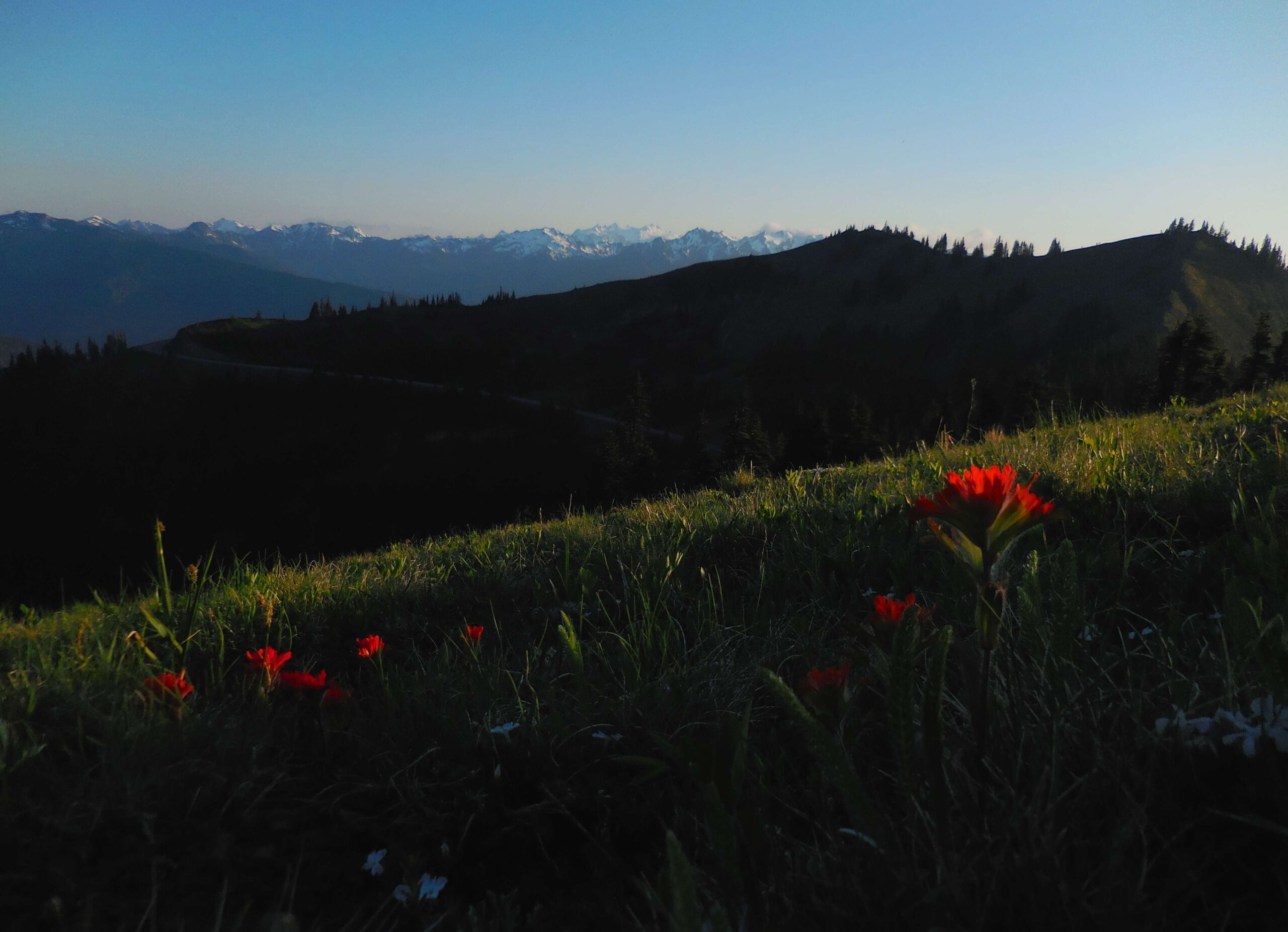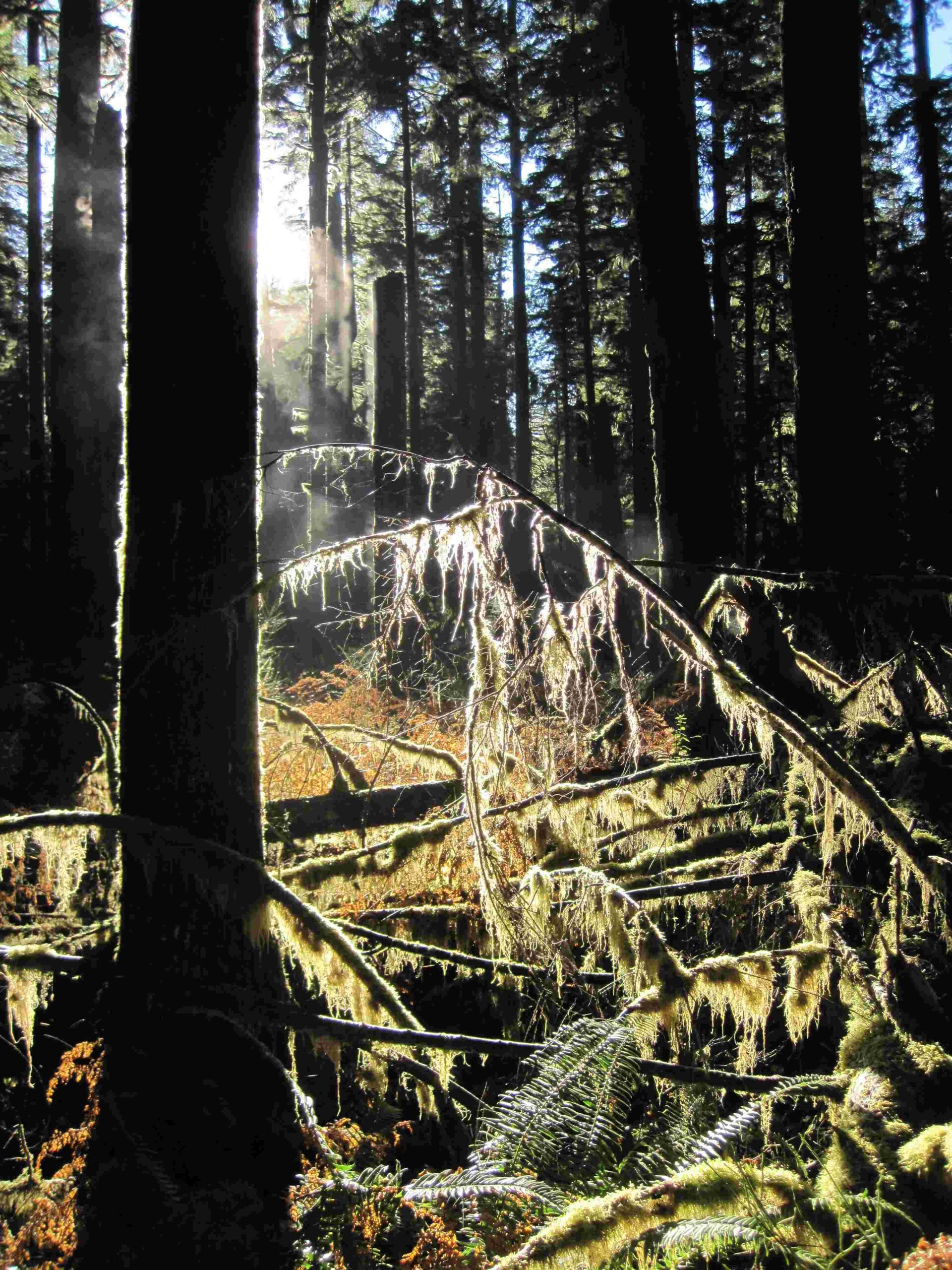Geyser Valley in Olympic National Park is a scenic area along the Elwha River, offering an 8.1-mile loop trail with moderate difficulty and 1,200 feet of elevation gain. Despite its name, it doesn’t feature geothermal activity but showcases the park’s diverse ecosystem, wildlife, and historic sites. The trail provides opportunities for hiking, wildlife viewing, and exploring the park’s natural beauty.
What is the Significance of Geyser Valley in Olympic National Park?

Geyser Valley, located within Olympic National Park, is a testament to the park’s diverse landscapes and rich history. While the name might suggest geothermal activity, the valley is actually known for its scenic beauty along the Elwha River. The area offers visitors a chance to experience the park’s unique ecosystem, observe wildlife, and explore historic sites.
What are the Key Features of the Geyser Valley Trail?

The Geyser Valley trail, also known as the Elwha Loop-Humes Ranch, is a popular hiking route within Olympic National Park. Here are its key features:
- Trail Length: 8.1 miles (loop)
- Difficulty: Easy to moderate
- Elevation Gain: 1,000 to 1,200 feet
- Notable Landmarks: Elwha River, historic Humes Ranch
The trail offers a balanced hiking experience with consistent elevation changes throughout the route. It’s suitable for day hikers looking for a moderate challenge and those interested in the area’s natural and historical aspects.
What Wildlife Can Be Observed in Geyser Valley?
While specific data on wildlife in Geyser Valley is limited, Olympic National Park is home to a diverse array of animals. Visitors to the area might encounter:
- Black bears
- Mountain goats
- Roosevelt elk
- Various bird species (eagles, osprey)
For the best wildlife viewing opportunities, consider visiting during early morning or late afternoon when animals are most active. Remember to follow park regulations:
- Keep a safe distance from wildlife
- Do not feed animals
- Keep pets on a leash
- Service animals must be leashed throughout the park
Are There Any Geothermal Features in Geyser Valley?
Despite its name, Geyser Valley does not contain any significant geothermal features. The name is somewhat misleading and likely refers to the valley’s geography and its proximity to the Elwha River rather than any geothermal activity.
What Camping Facilities are Available Near Geyser Valley?
While there are no specific campsites within Geyser Valley itself, several campgrounds in Olympic National Park offer accommodations near the area:
- Elwha Campground
- Kalaloch Campground
- Ozette Campground
- Sol Duc Campground
These campgrounds typically provide:
- Wheelchair-accessible bathrooms or vault toilets
- Potable water sources (at some locations)
- Varied amenities depending on the specific campground
Camping Tips and Information:
- Reservations: Make reservations through the park’s website or recreation.gov
- Costs: Vary by campground and season
- Seasonal Restrictions: Some campgrounds may have closures due to weather or maintenance
- Check Current Conditions: Always verify the latest information on the park’s official website before planning your trip
How Can Visitors Prepare for a Trip to Geyser Valley?
To ensure a safe and enjoyable visit to Geyser Valley in Olympic National Park, consider the following preparation tips:
- Check Trail Conditions: Before setting out, review the latest trail conditions on the National Park Service website.
- Pack Essentials: Bring water, snacks, first-aid kit, and appropriate clothing for changing weather conditions.
- Wear Proper Footwear: Choose sturdy hiking boots suitable for varied terrain.
- Inform Others: Let someone know your hiking plans and expected return time.
- Carry a Map: Bring a physical map of the area, as cell service may be limited.
- Follow Leave No Trace Principles: Pack out all trash and minimize your impact on the environment.
What is the Best Time to Visit Geyser Valley?
The best time to visit Geyser Valley depends on your preferences and the activities you wish to enjoy:
| Season | Advantages | Considerations |
|---|---|---|
| Spring | Wildflowers blooming, moderate temperatures | Possible rain, some trails may be muddy |
| Summer | Warm weather, long daylight hours | Busiest season, potential for crowded trails |
| Fall | Beautiful foliage, fewer crowds | Cooler temperatures, shorter days |
| Winter | Serene landscapes, potential for snow | Some areas may be inaccessible, cold temperatures |
Consider visiting during shoulder seasons (late spring or early fall) for a balance of good weather and fewer crowds.
How Does Geyser Valley Contribute to Olympic National Park’s Ecosystem?
Geyser Valley plays a crucial role in Olympic National Park’s diverse ecosystem:
- Watershed Protection: As part of the Elwha River system, it contributes to the park’s water resources.
- Wildlife Habitat: The valley provides a home for various species, supporting biodiversity.
- Forest Ecosystem: The surrounding forests contribute to carbon sequestration and air quality.
- Natural Processes: The valley allows for natural geological and ecological processes to occur undisturbed.
By preserving areas like Geyser Valley, Olympic National Park maintains the integrity of its ecosystems and provides opportunities for scientific research and education.
Remember to always respect the natural environment and follow park guidelines to help preserve this unique ecosystem for future generations.
References:
1. AllTrails – Olympic National Park
2. National Park Service – Trail Conditions
3. Washington Trails Association – Geyser Valley

